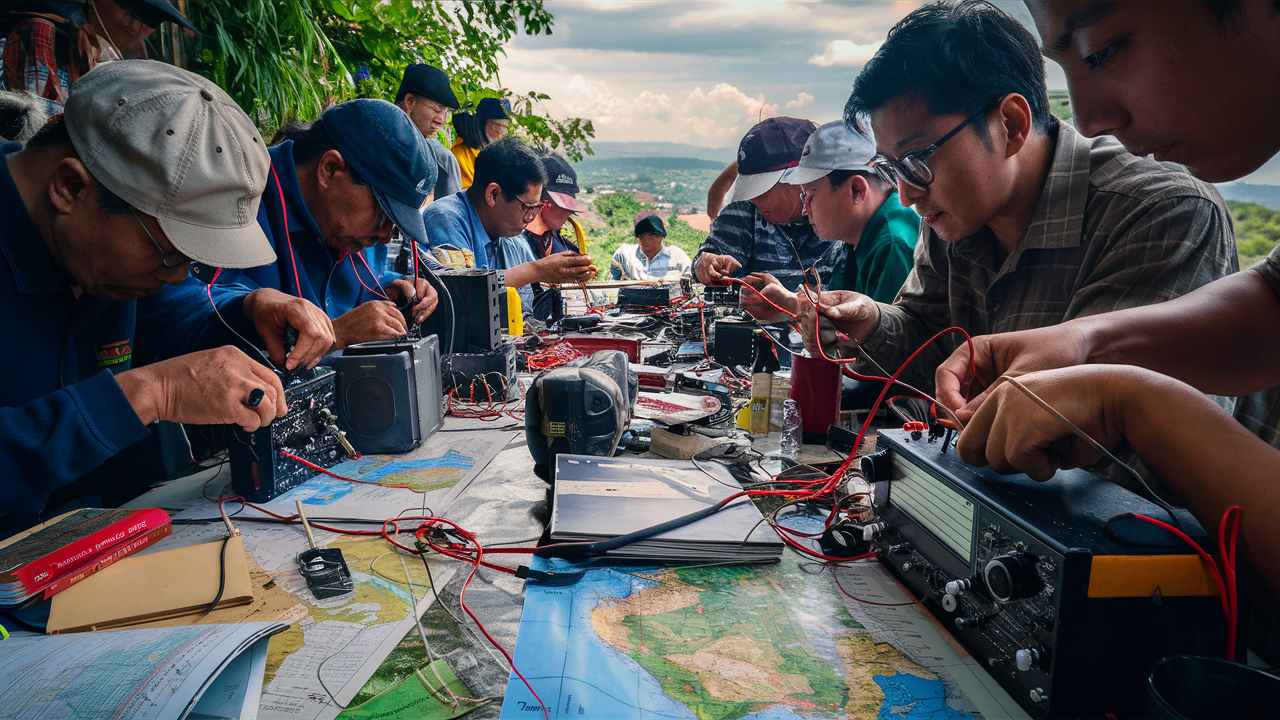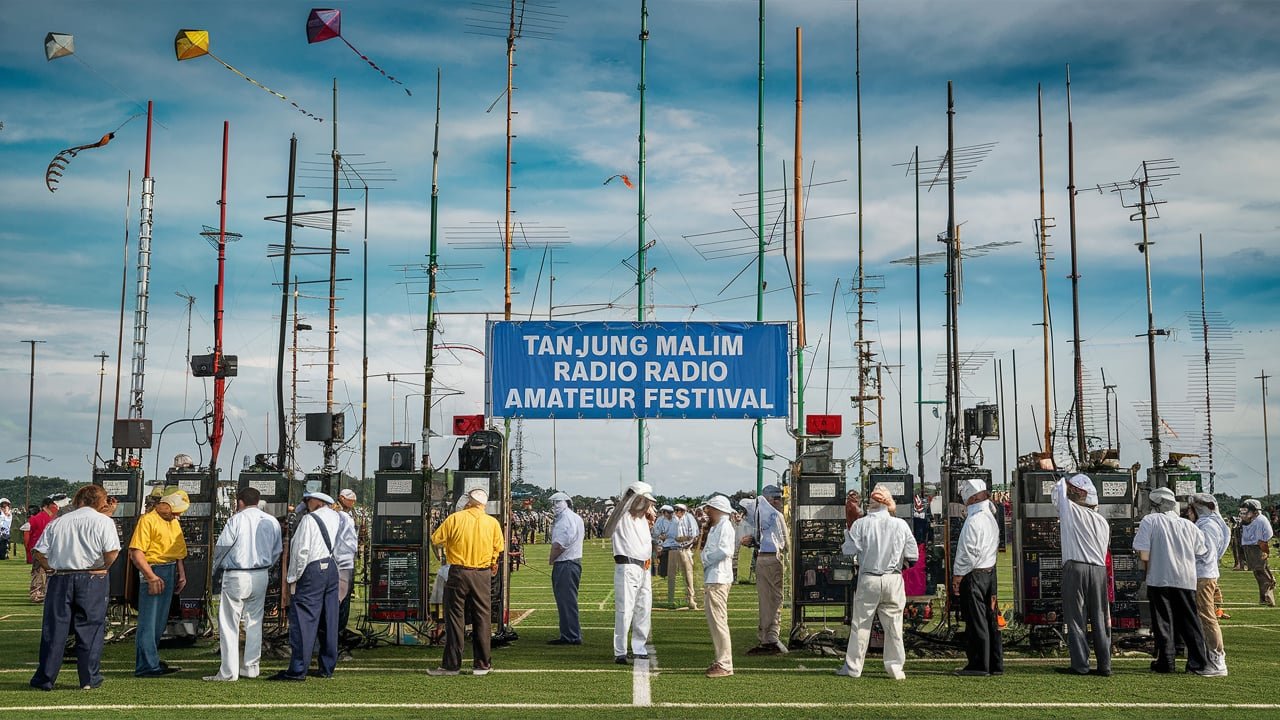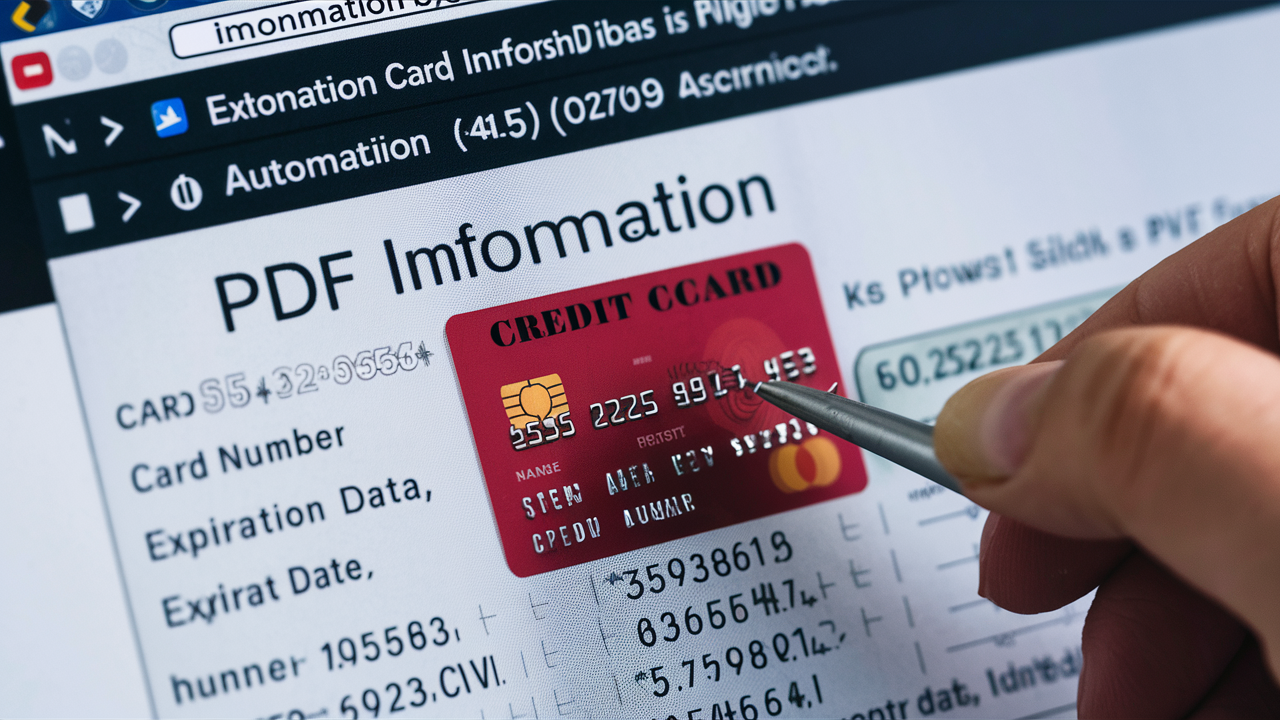Tanjung Malim Radio Amateur Frequency: A Comprehensive Guide

Introduction
Tanjung Malim, a town located in the state of Perak, Malaysia, has a growing community of amateur radio enthusiasts. Amateur radio, also known as ham radio, is a popular mode of communication that allows licensed operators to exchange information, conduct emergency communications, and even participate in international radio contests. In this article, we will explore the various amateur radio frequencies used in Tanjung Malim, their importance, regulations governing their usage, and how to get involved in this fascinating hobby.
Understanding Amateur Radio Frequencies
Amateur radio operates on designated frequency bands allocated by regulatory authorities such as the Malaysian Communications and Multimedia Commission (MCMC). These frequencies range from high frequency (HF) bands to very high frequency (VHF) and ultra-high frequency (UHF) bands. Each frequency band has specific uses, propagation characteristics, and coverage capabilities, making it essential for radio operators to understand their functionalities.
In Tanjung Malim, amateur radio frequencies are used for local communication, emergency response, and experimentation. The most commonly used bands include:
- HF Bands (1.8 MHz – 30 MHz): Ideal for long-distance communication, especially during favorable propagation conditions.
- VHF Bands (144 MHz – 148 MHz): Suitable for short to medium-range communication, often used for repeater stations.
- UHF Bands (430 MHz – 440 MHz): Provides clear voice communication over shorter distances and is commonly used in urban areas.
Local Amateur Radio Repeaters in Tanjung Malim
Repeater stations play a crucial role in amateur radio communication, extending the range of signals and allowing operators to communicate over greater distances. In Tanjung Malim, several repeater stations operate on VHF and UHF bands to facilitate seamless communication among amateur radio operators.

Key Repeaters in Tanjung Malim:
- VHF Repeater – 145.000 MHz: This repeater is widely used for local communication and emergency coordination.
- UHF Repeater – 439.450 MHz: Provides excellent coverage for mobile operators within the town and surrounding areas.
- HF Nets on 7.110 MHz: Used for long-distance communications, particularly during special events or emergency situations.
These repeaters are maintained by local amateur radio clubs and organizations, ensuring that they remain operational and accessible to all licensed operators.
Regulations and Licensing for Amateur Radio in Malaysia
Amateur radio in Malaysia is regulated by the MCMC, which oversees licensing, frequency allocation, and compliance with international radio regulations. To legally operate an amateur radio station, individuals must obtain a license by passing an examination that tests their knowledge of radio operation, electronics, and regulations.
Licensing Categories:
- Class A License: Requires passing the Radio Amateur Examination (RAE) and Morse Code proficiency test. This license grants access to all amateur bands.
- Class B License: Requires passing the RAE but does not require Morse Code proficiency. Operators with this license are restricted to VHF and UHF bands.
- Short-Term License: Issued for special events, research purposes, or temporary use.
By obtaining the appropriate license, operators can legally communicate on amateur radio frequencies, contribute to emergency communications, and participate in global ham radio activities.
The Role of Amateur Radio in Emergency Communications
One of the most critical functions of amateur radio is its ability to provide reliable communication during emergencies and natural disasters. In Tanjung Malim, amateur radio operators have played a significant role in disaster response efforts, offering support when conventional communication networks fail.
During emergencies, radio operators assist in:
- Coordinating rescue and relief operations
- Providing real-time updates on disaster situations
- Relaying messages between emergency response teams
Organizations such as the Malaysian Amateur Radio Emergency Service (MARES) work closely with authorities to ensure effective communication during crises. Amateur radio’s ability to function independently of cellular networks makes it a valuable tool in emergency preparedness.
Setting Up an Amateur Radio Station in Tanjung Malim
For those interested in setting up their own amateur radio station in Tanjung Malim, several key steps must be followed:
- Obtain a License: Ensure you have the required license from MCMC.
- Choose the Right Equipment: Invest in a good-quality transceiver, antenna, and power supply suitable for your preferred frequency bands.
- Join a Local Club: Connecting with experienced operators in local amateur radio clubs can provide valuable guidance and mentorship.
- Set Up Your Antenna System: Proper placement and tuning of antennas are crucial for optimal signal transmission and reception.
- Understand Operating Etiquette: Follow standard operating procedures and adhere to radio communication protocols.
By following these steps, newcomers can successfully set up their amateur radio stations and become active participants in the ham radio community.
Frequently Asked Questions (FAQs)
1. What is the purpose of amateur radio in Tanjung Malim?
Amateur radio serves multiple purposes, including communication, emergency response, technical experimentation, and international collaboration among radio enthusiasts.
2. Do I need a license to operate an amateur radio in Malaysia?
Yes, you must obtain a license from MCMC before operating an amateur radio station legally.
3. Can I communicate with other countries using amateur radio?
Yes, depending on your license class and operating frequency, you can communicate with amateur radio operators worldwide.
4. What equipment do I need to start with amateur radio?
At a minimum, you will need a transceiver, an antenna, a power supply, and a logging system to track communications.
5. Is amateur radio still relevant in the age of the internet and mobile phones?
Yes, amateur radio remains relevant due to its reliability in emergencies, lack of dependency on commercial networks, and its role in scientific experimentation.
Conclusion
Amateur radio in Tanjung Malim is a thriving hobby and essential communication tool for emergency preparedness, experimentation, and social engagement. With proper licensing, equipment, and knowledge, individuals can become part of this dynamic community and contribute to public service and innovation. Whether you are interested in local communication, long-distance DXing, or emergency support, amateur radio offers an exciting and rewarding experience. By joining local clubs and obtaining the necessary licenses, you can embark on a fulfilling journey in the world of amateur radio.



